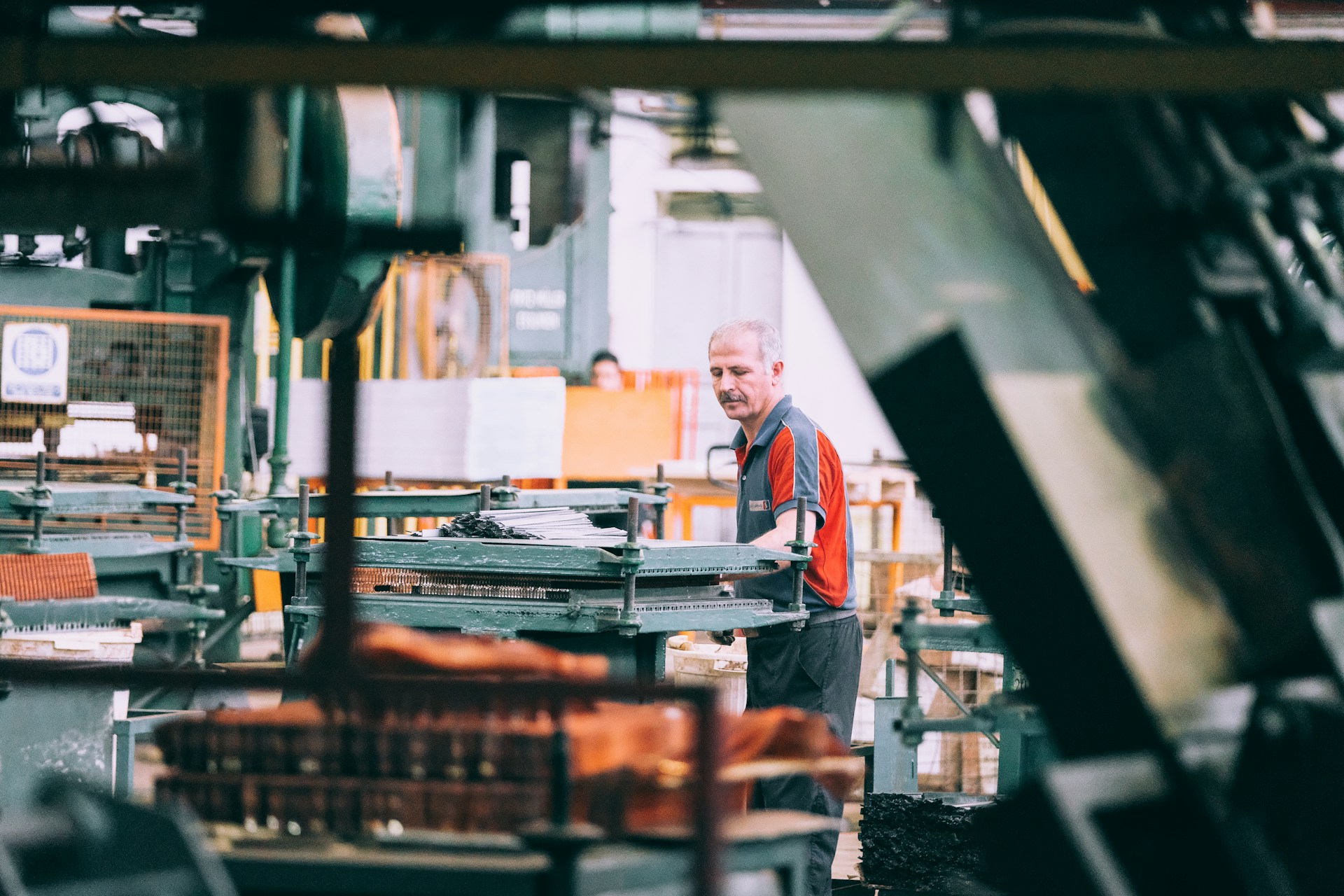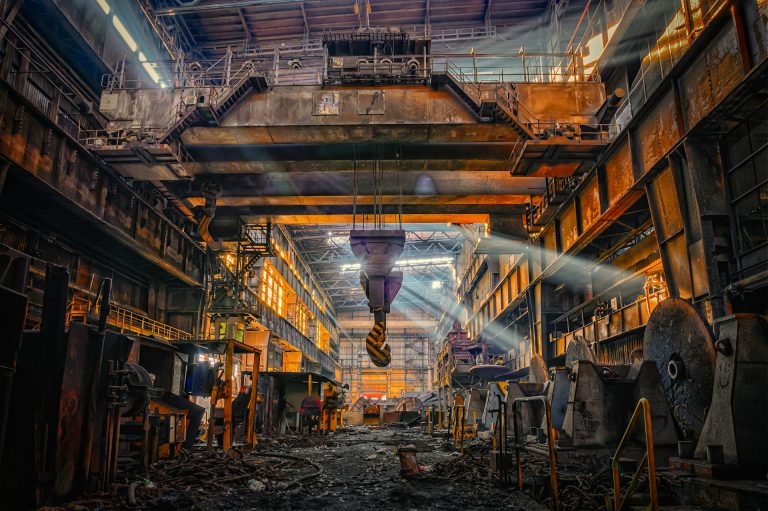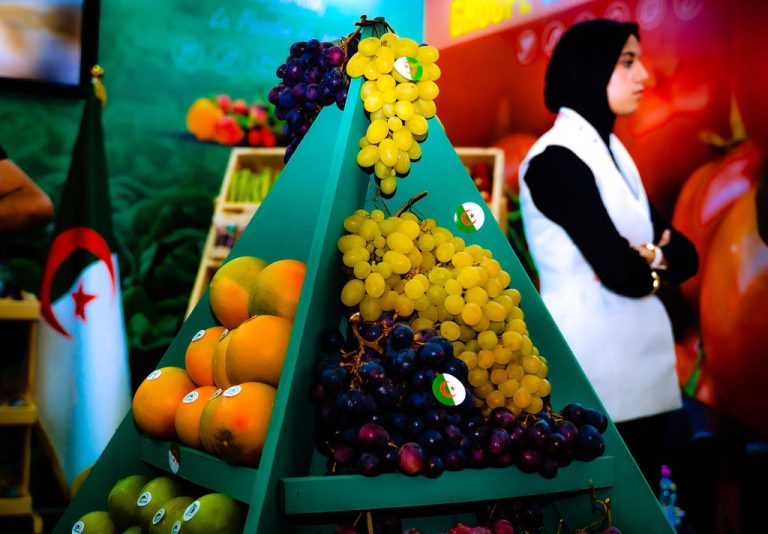- Manufacturing output down 1.5% year-on-year in August 2025
- But quarterly sales rise 3%, driven by auto, food and chemical sectors
JOHANNESBURG, SOUTH AFRICA – South Africa’s manufacturing industry shrank 1.5% year-on-year in August, led by steep declines in iron and steel and food and beverages, even as overall sales surged on strong prices and demand.
The country’s iron and steel sector dropped 5.9%, while food and beverages fell 3%, signalling sustained weakness in key production lines. Yet, in an unexpected twist, seasonally adjusted manufacturing sales increased 3% quarter-on-quarter to about $46 billion (ZAR 884 billion).
Economists say the imbalance between shrinking production and rising sales reflects a sector under strain but still finding value through pricing power and export resilience.
“The August numbers paint a picture of an industry that’s producing in real conditions of restraint – energy uncertainty, congestion in logistics, and rising input costs,” Cape Town-based economist Peter Mokoena told Allen Dreyfus. “But the growth in sales, sustained despite weakness in production, is a function of price obstinacy and elasticity of demand. It’s not a recovery, but nor is it a collapse.”
Mixed signals behind the numbers
Month-to-month performance was flat, with a marginal 0.4% increase in August, following declines of 0.1% in June and 0.8% in July. While half of South Africa’s 10 manufacturing subsectors posted quarterly gains, others continued to drag overall output.
The food and beverages sector contributed 0.8 percentage points to growth, followed by petroleum and chemicals (0.5 points) and motor vehicles (0.4 points). Offsetting these gains, iron and steel alone cut 1.3 percentage points from the total year-on-year growth rate.
Despite the production slowdown, sales volumes tell a different story. Industry sales rose from $44.6 billion (ZAR 858.5 billion) to $46 billion (ZAR 884 billion), buoyed by gains in petroleum and chemical products (+3.8%), motor vehicles and transport equipment (+4.8%), and food and beverages (+3.2%).
Factories, analysts note, are producing fewer goods but earning more through higher pricing, targeted exports, and improved stock management.
Global implications and market outlook
South Africa’s industrial story echoes a broader global trend. Declines in steel and iron output point to possible supply peaks in infrastructure-linked sectors worldwide, while steady sales in autos and chemicals signal enduring industrial and consumer demand resilience.
Currency volatility and high input costs remain significant risks, but analysts believe continued sales momentum offers selective opportunities in export-led equities and manufacturing-linked assets.
Overall, South Africa’s manufacturing sector remains delicately poised – neither in full retreat nor showing a decisive rebound. The August data underscores the value of focusing on subsectors demonstrating pricing strength, export traction, and resilience in emerging-market industrial cycles.










